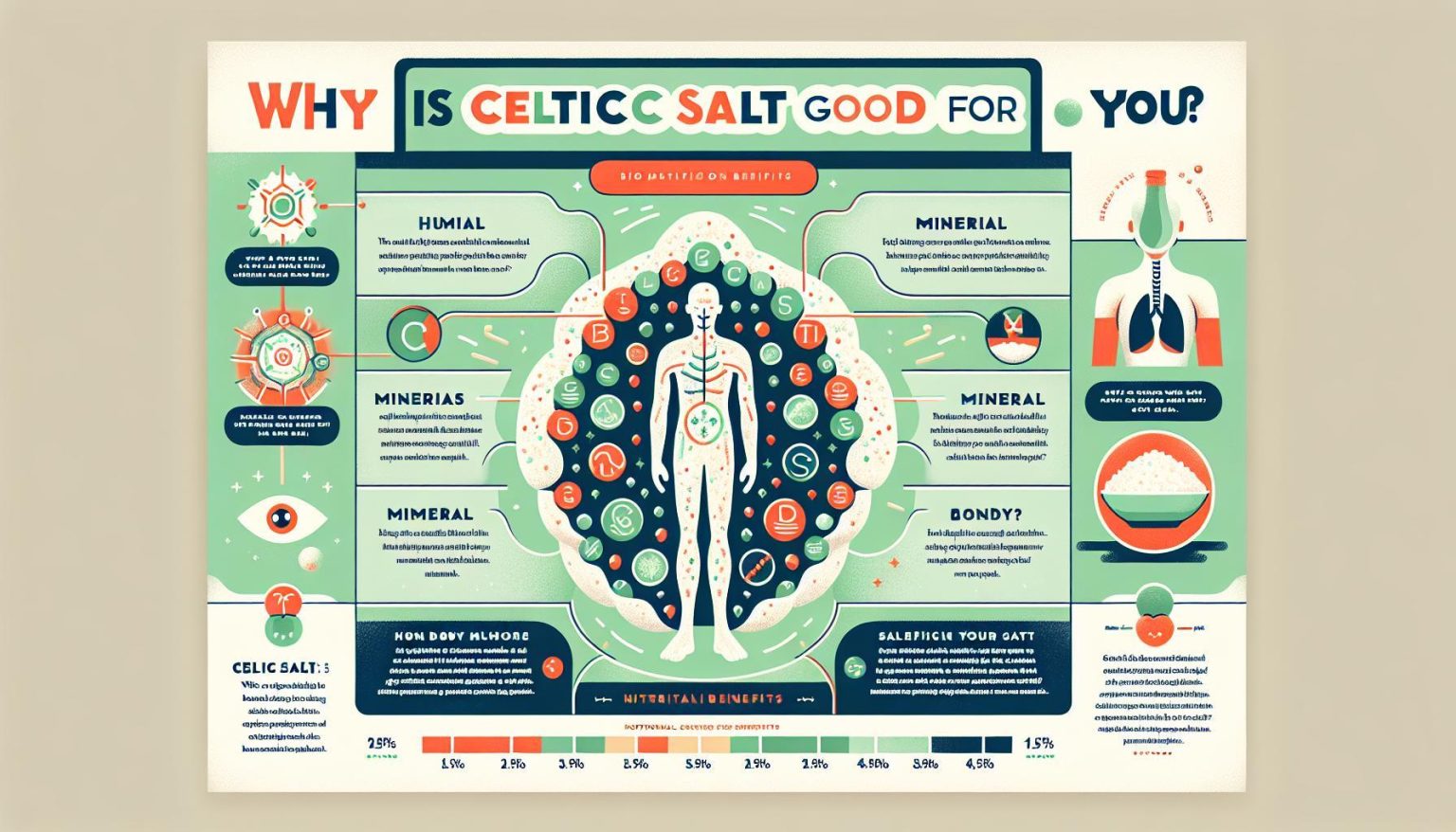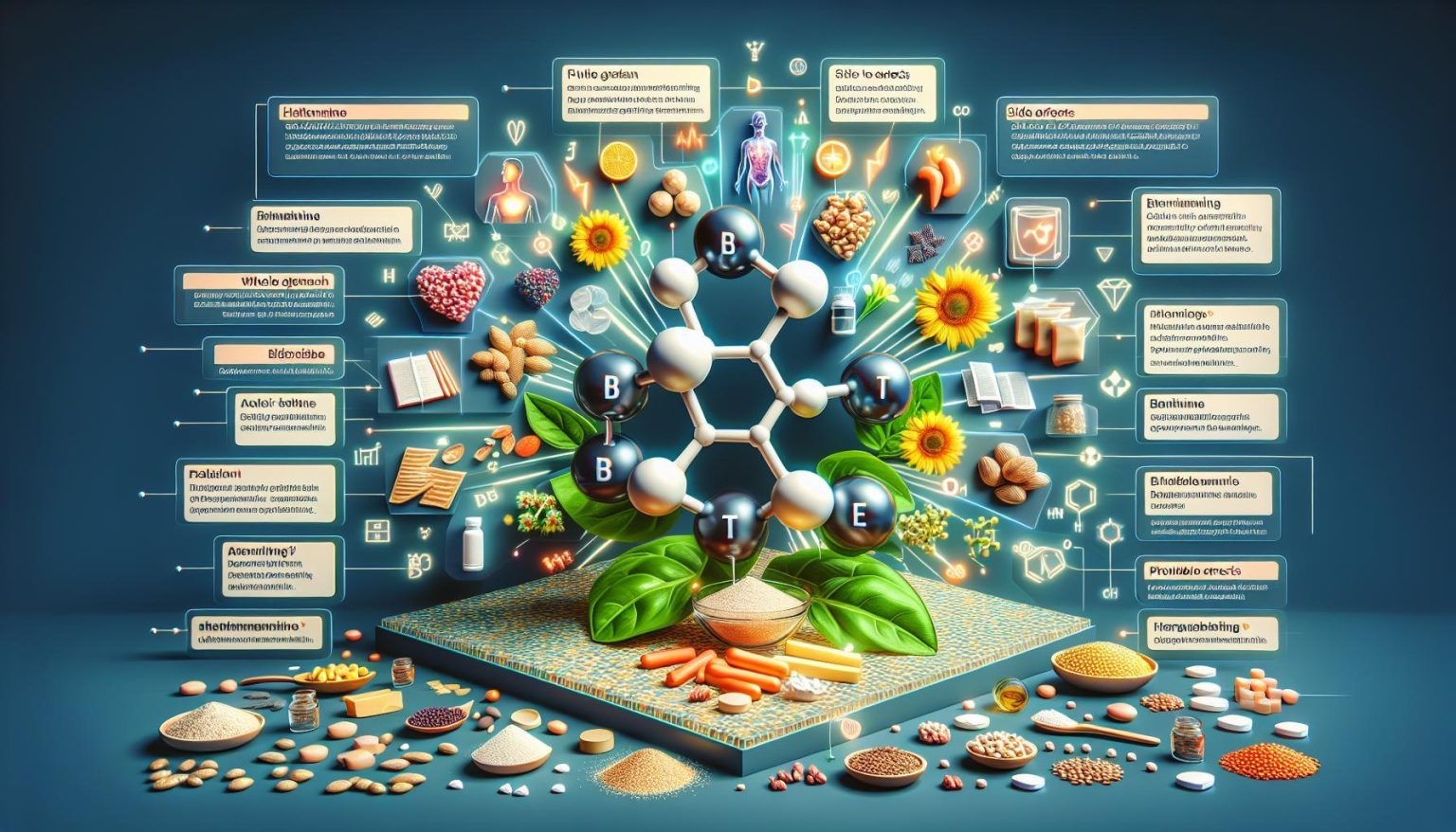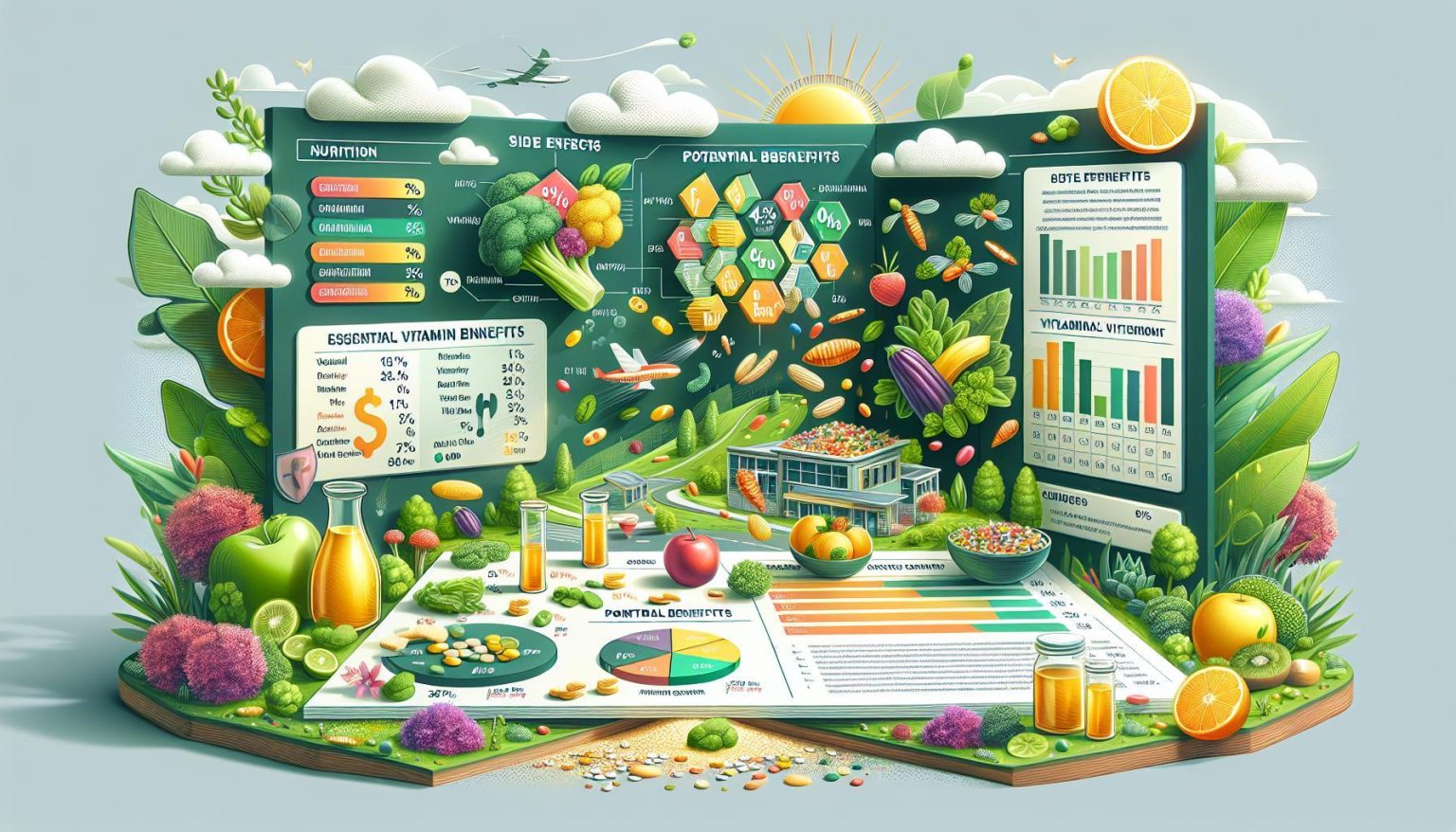Throughout our lifetime, our nutritional needs continually evolve. From the vibrant days of youth to the tender twilight years, the body demands unique nutrients at each stage to maintain health and vitality. The question we pose at this outset is, “What are the different nutritional needs for various stages of life?”
Our appetites for answers will be satiated in the following content, as part of our Comprehensive Guide to Nutrition. We will comprehensively discuss the varying nutritional requirements at different life phases, delving into the juicy details of Nutrition for Different Life Stages. From childhood and adolescence to adulthood and the golden years, we set the table for a feast of knowledge that will leave you feeling nourished. This discussion not only covers specific life stages but also emphasizes the Understanding of Macronutrients and the Importance of Vitamins and Minerals, ensuring a well-rounded approach to nutrition that supports lifelong health.
Children: Tiny Bodies, Big Needs
As sturdy saplings preparing to grow into sturdy oaks, children require a veritable smorgasbord of nutrients. The task at hand here is not merely survival but rather laying the groundwork for a lifetime of health.
When we look at the dishing of meals for the young ones, it’s quite the balancing act. Children require elements from all food groups: proteins for growth and maintenance, carbohydrates for energy, and fats as concentrated energy sources. Vitamins and minerals serve a multitude of functions, from boosting immunity to aiding in proper growth.
Nutrient-rich Nosh
When planning meals for children, it’s important to think in terms of nutrient density—foods that pack a nutritional wallop for their caloric cost. These include lean meats and dairy, whole grains, fruits, and vegetables. Avoid the empty calories of sugary snacks and beverages as they may lead to early onset of health issues.
Adolescence: Time to Fuel Up
Adolescence marks a stage of growth spurts and hormonal changes, both of which up the ante in terms of nutritional requirements. During these transitional years, young adults develop at a remarkable rate and, consequently, often have appetites to match.
The teen years are a time to push protein, celebrate complex carbohydrates, favor fats (the healthy variety), and venerate vitamins and minerals. These nutritional needs should be met with a diet rich in whole foods, with a side of patience and understanding – navigating the buffet of adolescent emotions can be challenging.
Creating Conscious Consumers
Getting adolescents aware and involved in their own nutritional choices can set them up for a lifetime of healthy eating habits. Make meal times family times – a shared experience that transcends fueling up and fosters conscious consumption.
Adulthood: Maintenance and Moderation
As humans transition into adulthood, the nutritional focus shifts from growth to maintenance. This means consuming a balanced diet, rich in fruits, vegetables, lean proteins, whole grains, and healthy fats.
It’s also during adulthood that preventive nutrition becomes critical– that’s eating to ward off disease and maintain long-term health. It’s time well-spent setting up one’s plate, balancing taste with nutrition, with an eye towards long-term wellness.
Balanced Bites
In adulthood, it’s vital to keep the calorie count under control, adjust portion sizes as necessary, and opt for nutrient-rich foods. A prime time to start, if not already ingrained, conscious eating habits.
Twilight Years: Nutrient over Calorie
As we tip-toe into our twilight years, dietary needs aren’t about fewer calories, but more nutrient-rich foods. Senior citizens require high-quality protein for maintaining muscle mass and strength, fiber for digestive health, and abundant vitamins and minerals.
Getting older is also a stage where one may face a multitude of health issues. We can’t stop the hands of time, but we can make the ride a bit smoother with the right nourishment.
Savor the Silver Spread
Creating a menu for the golden years is about finding a sweet spot between taste, nutrition, and ease. Given that many seniors can struggle with loss of appetite, meals should be flavorful, visually appealing, and easy to consume.
Conclusion
From children to seniors and all ages in between, it’s clear that our nutritional needs change as we traverse the timeline of life. Understanding these shifts and adjusting our diet accordingly might just be the not-so-secret recipe to a healthier, happier life.
Frequently Asked Questions
1. What nutritional requirements do children have?
Children need a balanced diet consisting of proteins for growth and repair, carbohydrates for energy, and fats as concentrated energy sources. Vitamins and minerals are also essential for boosting immunity and aiding in proper physical and mental development.
2. How do nutritional requirements change during adolescence?
During adolescence, the body’s rapid growth and hormonal changes necessitate increased nutrient intake. Proteins, complex carbohydrates, healthy fats, vitamins, and minerals become crucial for supporting this growth and development.
3. What’s different about nutrition for adults?
Adulthood is the phase when nutritional focus should shift from growth to maintenance. Adults need a well-rounded diet to maintain health, with prevention becoming a significant consideration in this stage of life.
4. How does nutrition change in the elderly?
In elderly individuals, the approach to nutrition should emphasize nutrient-rich foods over calorie content. Quality protein, fiber, and vitamins, and minerals are key dietary components for senior citizens.
5. Why is its crucial to pay attention to nutrition at different life stages?
Paying attention to nutrition at different life stages can help promote optimal growth and development in childhood and adolescence, maintain health in adulthood, and preserve quality of life in older age. It can also serve as preventive care, helping to ward off various health issues and chronic diseases.

![Nutrition for Different Life Stages [From Childhood to Golden Years]](http://opanutrition.com/cdn/shop/articles/Nutrition_for_Different_Life_Stages_e120b349-6772-4f88-ac07-454a2692d461.jpg?v=1757970210&width=1536)








